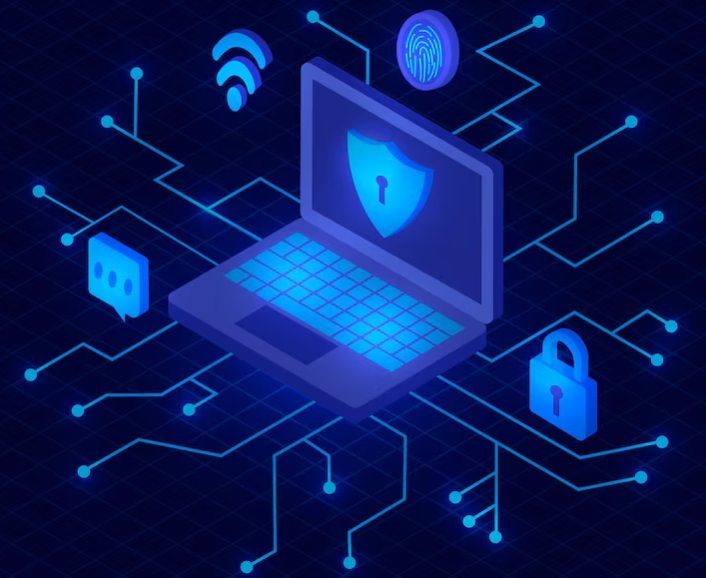Denounce with righteous indignation and dislike men who are beguiled and demoralized by the charms pleasure moment so blinded desire that they cannot foresee the pain and trouble.
Read More
Empowers management to lead security within an ESP, boosting awareness, risk management, and response.
The term "Management Security Program" might be a specific service offered by some security firms or used internally within organizations. However, to align with common industry terms and provide valuable content for your webpage on Amigo Cyber Security's website, we can focus on highlighting management's crucial role within a broader Employer Security Program (ESP).
Management's Role in a Strong Employer Security Program
Briefly discuss the ever-evolving cybersecurity landscape and the rising need for a proactive approach. Introduce Employer Security Programs (ESPs) as a holistic strategy for organizational security.
Highlight the critical role of management in leading and driving a successful ESP. Explain how a management-focused ESP fosters a strong security culture.
Define an ESP and outline its key components, emphasizing its importance in creating a robust security posture. Briefly mention core aspects like:
- Employee security training
- Technical safeguards (firewalls, encryption)
- Access controls
- Incident response plan
- Security policies and procedures
Detail the key areas where management plays a vital role:

Leadership and Culture Setting
Championing the importance of cybersecurity within the organization.
Integrating security into business decisions.
Leading by example in following security policies.
Fostering open communication and encouraging employees to report suspicious activity.

Security Strategy and Program Development
Participating in developing and implementing the ESP.
Allocating appropriate resources (budget, personnel) for security initiatives.
Defining clear and concise security policies.

Training and Awareness
Approving and overseeing employee security training programs.
Championing security awareness initiatives within their teams.
Ensuring managers receive specialized training on their security leadership responsibilities.

Risk Management
Actively participating in identifying and assessing security risks.
Approving and overseeing the implementation of risk mitigation strategies.
Conducting regular reviews to ensure the ESP adapts to evolving threats.

Incident Response
Ensuring a clear incident response plan is in place.
Assigning clear roles and responsibilities for management during security incidents.
Participating in incident response activities like investigations and recovery efforts.
Explain the advantages organizations gain from a management-driven ESP approach

Stronger leadership commitment and employee buy-in

Improved security culture and employee awareness

Enhanced risk management and proactive threat mitigation

Effective incident response and faster recovery times

Increased overall organizational resilience against cyberattacks

Encourage website visitors to learn more about how Amigo Cyber Security can help them build a strong ESP with a focus on management leadership. This could involve offering services like
Security program development and implementation
Management security awareness training
Risk assessment and mitigation strategies
Incident response plan development and testing
- What is a Management Security Program, and why is it important?
-
A Management Security Program is a comprehensive framework developed and implemented by an organization's management to address cybersecurity risks, protect critical assets, and ensure compliance with security standards and regulations. It is important because it provides strategic direction, oversight, and resources to effectively manage cybersecurity within the organization.
- Who is responsible for overseeing and implementing a Management Security Program?
-
The responsibility for overseeing and implementing a Management Security Program typically falls on senior management, including executives, directors, and the Chief Information Security Officer (CISO). However, collaboration with IT, security teams, and other stakeholders across the organization is essential for successful implementation.
- What are the key components of a Management Security Program?
-
Key components of a Management Security Program include defining security objectives and policies, conducting risk assessments, establishing governance structures, allocating resources for security initiatives, implementing security controls and technologies, monitoring compliance, and conducting regular security reviews and audits.
- How does a Management Security Program align with the organization's overall business objectives?
-
A Management Security Program should be aligned with the organization's overall business objectives to ensure that cybersecurity efforts support and enhance business operations. By integrating security into business processes and decision-making, organizations can effectively manage risks and achieve their strategic goals.







